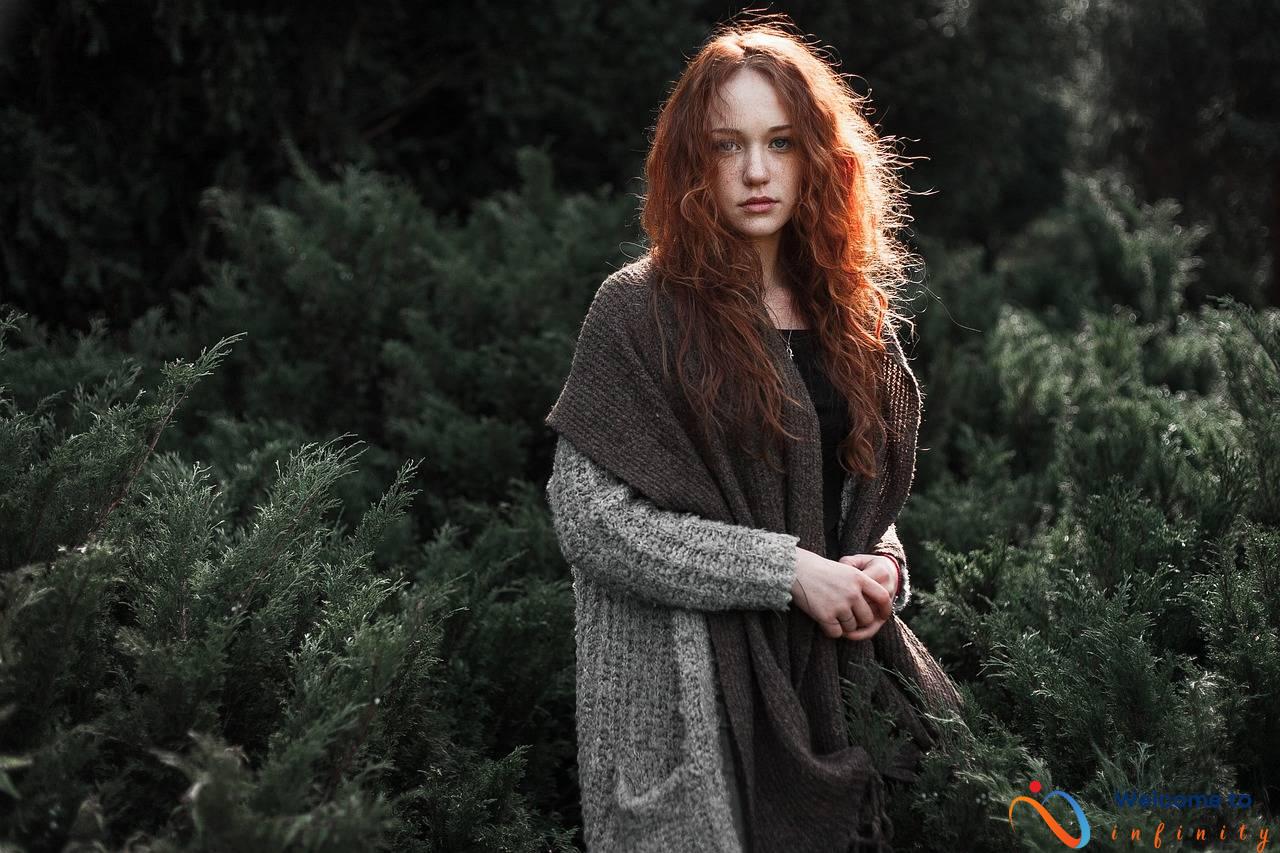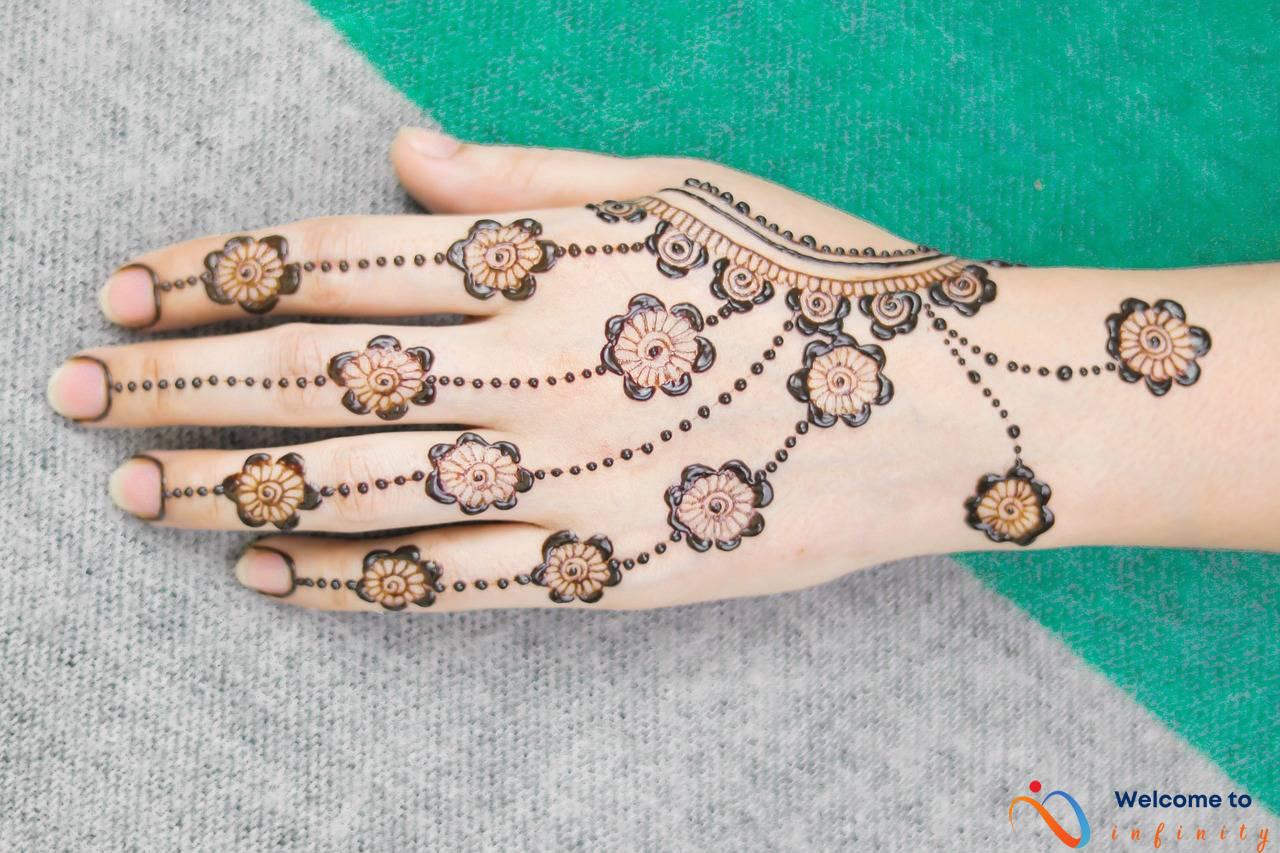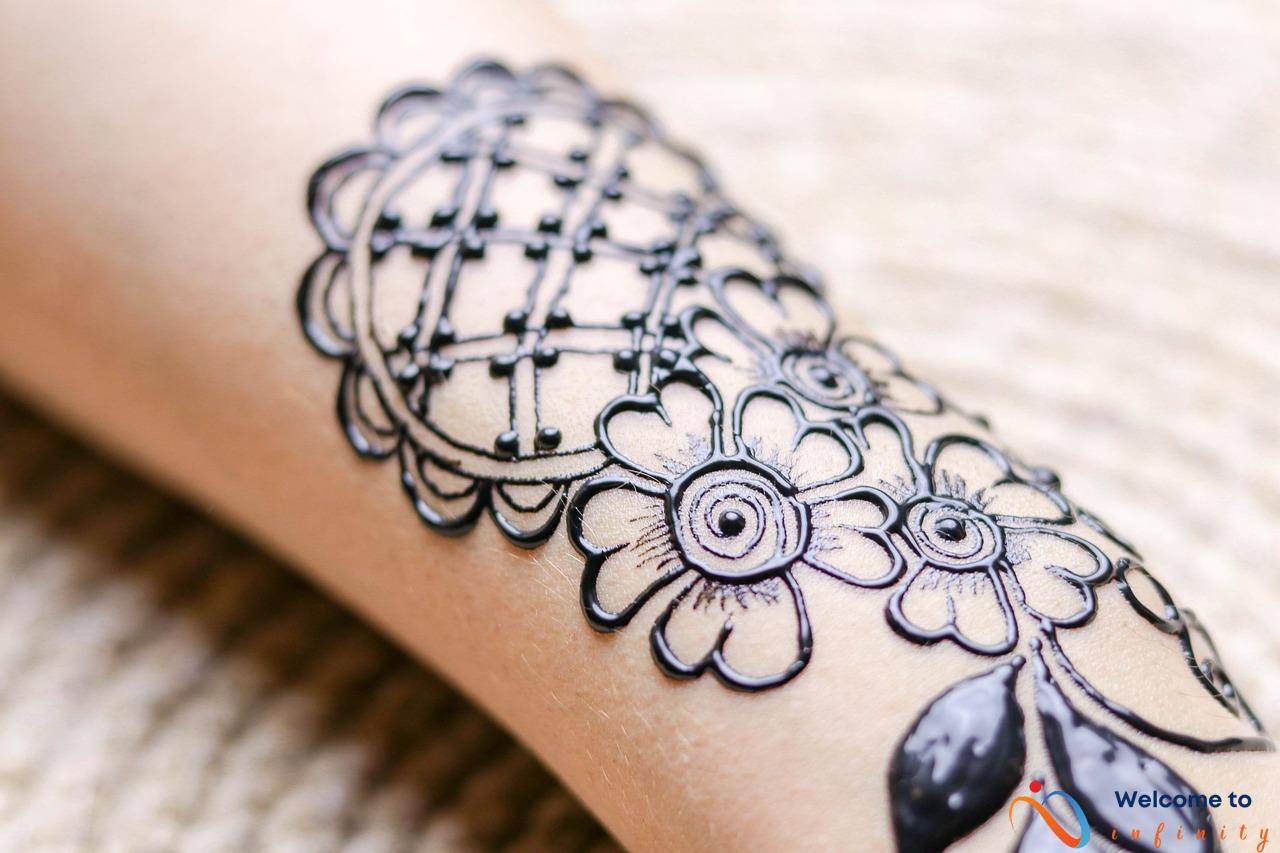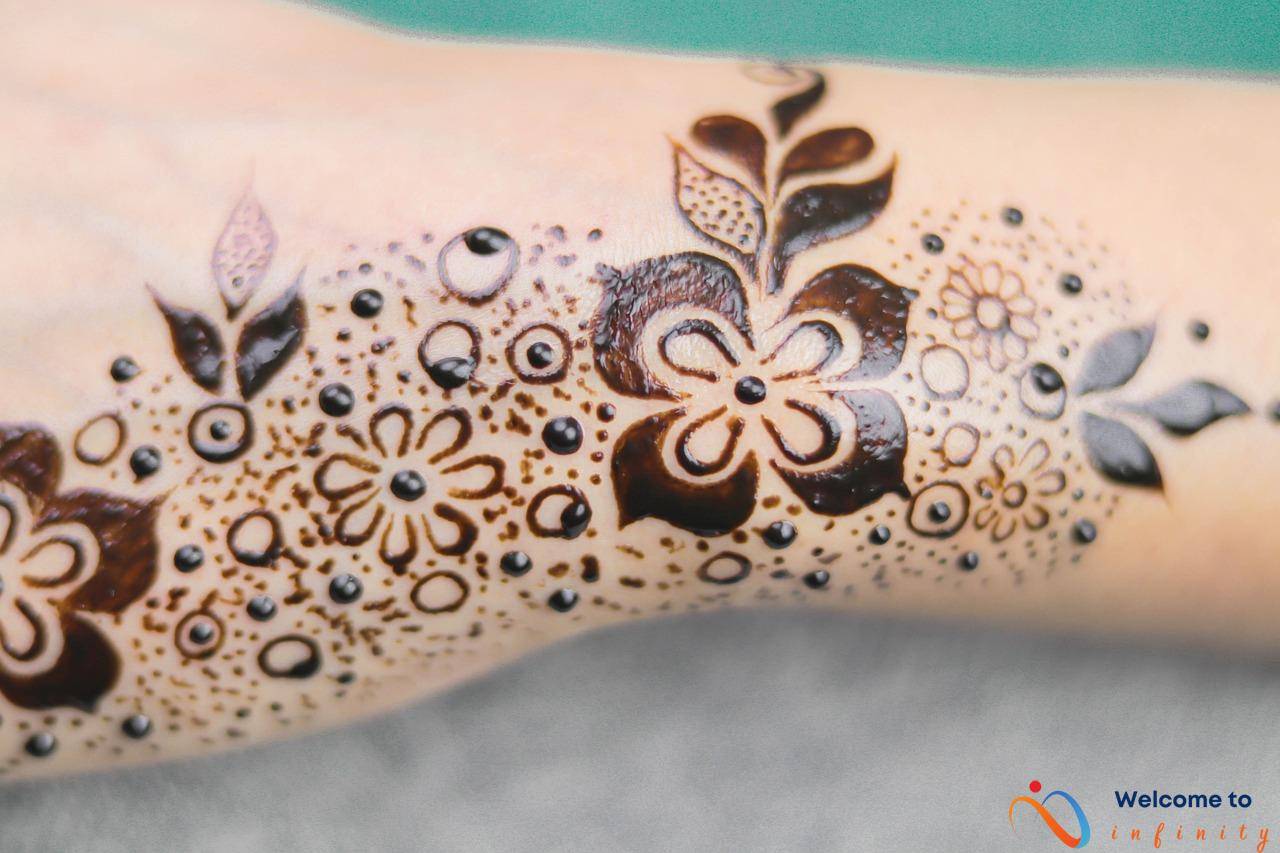If you're looking for a way to add a burst of color to your tattoo collection, look no further than watercolor tattoos. This trend has taken the tattoo industry by storm, offering a fresh take on traditional tattoo designs. With its unique style and vibrant splashes of color, watercolor tattoos have become a popular choice for those seeking a more creative and artistic form of self-expression.
Unlike traditional tattoos, watercolor tattoos mimic the free-flowing and colorful nature of watercolor paintings. They often lack black outlines, giving the impression that the tattoo is simply a beautiful watercolor painting on the skin. The colors used in watercolor tattoos are also much more vibrant and bold, making them stand out from traditional tattoo designs.
To achieve the perfect watercolor tattoo design, it is important to work with an experienced artist who is skilled in this unique style. With the right artist, you can bring your wildest tattoo dreams to life with endless possibilities.
The Basics of Watercolor Tattoos
When it comes to tattoos, watercolor tattoos are a beautiful and unique option that is gaining popularity. These tattoos are created using a painting technique, which gives them a watercolor effect that mimics actual paint on paper. Unlike traditional tattoos, watercolor tattoos don't have defined outlines and rely heavily on color and shading to create depth and dimension.
One of the most significant differences between watercolor tattoos and traditional tattoos is the way they are applied to the skin. Traditional tattoos involve a process of outlining the design and then filling it in with solid ink colors. In contrast, watercolor tattoos focus on blending and shading various colors together to create a more natural, abstract look.
Watercolor tattoos are also known for their bright and bold colors, which make them stand out among other tattoo styles. Thanks to the lack of defined outlines, watercolor tattoos give off a softer, more fluid appearance, making them appear almost like paintings on the skin.
Another difference between watercolor tattoos and traditional tattoos is the way they age. Traditional tattoos tend to hold their shape and color well over time, while watercolor tattoos may fade and lose their vibrancy faster. However, with proper care and maintenance, watercolor tattoos can still look beautiful for years to come.
Overall, watercolor tattoos are a unique and beautiful form of body art that allows for artistic expression in a new way. Whether you're looking for something bold and bright or soft and subtle, a skilled tattoo artist can work with you to create the perfect watercolor tattoo design that expresses your individuality and personal style.
Choosing the Right Design
When it comes to choosing the perfect watercolor tattoo design, there are a few key factors to consider. First and foremost, you'll want to find inspiration for your tattoo. This can come from a wide range of sources, including nature, art, and even personal experiences.
Once you have an idea of what you want your tattoo to look like, it's important to consult with your tattoo artist. They can help you determine the best size, placement, and color scheme for your design. Keep in mind that watercolor tattoos require a talented artist with a good eye for design, so take your time in selecting the right one.
Another key consideration when selecting a watercolor tattoo design is placement. Because of their unique style, watercolor tattoos tend to look best on areas with a lot of space, such as the back, chest, or thigh. However, they can also work well on smaller areas like the wrist or ankle, as long as the design is well-suited for the size and shape of the area.
When choosing a watercolor tattoo design, it's important to keep in mind that these tattoos have a tendency to fade faster than traditional tattoos. This means that intricate designs and fine details may not hold up as well over time. It's also important to follow proper aftercare instructions, as this can help prevent fading and ensure your tattoo looks its best for as long as possible.
Overall, selecting the perfect watercolor tattoo design requires careful consideration and collaboration with your tattoo artist. By taking the time to find inspiration, consult with your artist, and consider placement, you can ensure that your watercolor tattoo is both beautiful and long-lasting.
Popular Watercolor Tattoo Designs
If you're looking for a watercolor tattoo design, there are plenty of options to choose from. Nature scenes are a popular choice, with everything from flowers to landscapes depicted in bright splashes of color. Animals are another popular subject matter, with designs ranging from realistic portraits to abstract interpretations. Abstract designs are also a popular choice, with fluid lines and brightly colored shapes creating a unique and eye-catching design.
One trend in watercolor tattoos is the use of negative space. This technique uses gaps in the ink to create a unique and visually striking design. For example, an artist may use negative space to create the outline of a bird or butterfly, with the colorful watercolor ink filling in the rest of the space.
Another popular trend is the use of watercolor techniques in traditional tattoo designs. For example, an artist may use watercolor ink to create a bold, colorful background behind a traditional black tattoo design. This creates a modern twist on a classic design.
If you're having trouble finding inspiration for your watercolor tattoo, consider consulting with your tattoo artist. Many artists are skilled at creating custom designs based on your ideas and preferences. They can work with you to create a completely unique watercolor tattoo that perfectly matches your vision.
- Nature scenes
- Animals
- Abstract designs
- Negative space
- Watercolor techniques in traditional designs
Creating Custom Watercolor Tattoo Designs
Watercolor tattoos have become increasingly popular in recent years, and one of their biggest appeals is their uniqueness. Unlike traditional tattoos, watercolor tattoos are not limited by bold lines and heavy coloring, giving tattoo artists the freedom to create truly one-of-a-kind designs.
If you're interested in getting a watercolor tattoo but haven't found a design that speaks to you, don't worry. Many tattoo artists specialize in creating custom watercolor tattoos that are tailored to your individual style and preferences.
When working with an artist to create a custom watercolor tattoo, it's important to bring inspiration and ideas to the table. Do you have a favorite painting or photograph that you'd like to incorporate into your tattoo design? Are there certain colors or motifs that you want to highlight? These details can help your artist create a unique and personalized design that speaks to you.
During the design process, your artist may create rough sketches and mockups to ensure that the final design meets your expectations. It's important to communicate your likes and dislikes throughout the process to ensure that you are satisfied with the final product.
Creating a custom watercolor tattoo does require a bit of back-and-forth communication with your artist, so it's important to choose someone that you feel comfortable working with. Look for an artist with experience in watercolor tattooing and a portfolio that showcases their skill in creating unique designs.
While custom watercolor tattoos can be pricier than traditional tattoos due to their intricate design process, many people find the investment worthwhile for a completely unique piece of body art. So, don't be afraid to work with a tattoo artist to create a watercolor design that is completely your own.
Adding Watercolor to Traditional Tattoos
Traditional tattoo designs have been around for centuries, but watercolor tattoos add a fresh and modern twist to these classic designs. Tattoo artists can incorporate watercolor techniques into traditional tattoo designs, resulting in a vibrant and colorful piece of art.
One way to add watercolor to a traditional tattoo design is by using a blended effect. By blending multiple colors together, tattoo artists can create a watercolor effect that mimics the look of a painting. For example, a black and white portrait tattoo can be enhanced with a splash of colorful watercolor, giving the design a unique and eye-catching twist.
Another way to add watercolor to a traditional tattoo is through the use of a watercolor background. Instead of a plain, solid color background, a watercolor background can make a tattoo design pop and stand out. An artist could paint a scenic watercolor backdrop behind a traditional anchor tattoo, for instance, or add a splash of watercolor to the foliage of a floral tattoo.
Tattoo artists who specialize in watercolor tattoos can also combine traditional and watercolor techniques to create a hybrid design. For example, a rose tattoo can be created with traditional linework and shading, but a watercolor technique can be used to add a pop of color to the petals. The blending effect of the watercolor can make the roses appear more realistic while also adding a unique and fresh take on the traditional design.
Overall, adding watercolor to traditional tattoos is a creative way to enhance old-school designs and modernize them for today's tattoo enthusiasts. If you're interested in getting a watercolor tattoo, be sure to find an experienced tattoo artist who can help you design a one-of-a-kind piece that is both bold and beautiful.
Preparing for Your Watercolor Tattoo
If you've decided to take the plunge and get a watercolor tattoo, it's important to prepare properly. Preparing your skin beforehand can help ensure that the tattoo looks its best and heals properly. Here are some tips to help you prepare for your watercolor tattoo appointment:
- Hydrate: Make sure to drink plenty of water in the days leading up to your appointment. This will help keep your skin hydrated and supple, which can make the tattooing process more comfortable and help the ink to take better.
- avoid Sun Exposure: Try to avoid prolonged sun exposure in the week leading up to your appointment, as this can damage your skin and cause the tattoo to fade more quickly.
- Exfoliate: Gently exfoliate the area where you plan to get your tattoo, using a gentle scrub or washcloth. This will help remove dead skin cells and allow the ink to penetrate more deeply.
- Moisturize: Apply a fragrance-free, non-comedogenic moisturizer to the area where you plan to get your tattoo for several days leading up to your appointment. This will help keep your skin hydrated, minimize irritation, and allow the ink to penetrate more effectively.
- Keep it Clean: On the day of your appointment, make sure the area is clean and free of any lotions, oils, or other substances that could interfere with the tattooing process.
- Wear Comfortable Clothing: Dress in comfortable, loose-fitting clothing that will allow you to easily expose the area where you plan to get your tattoo.
During the tattooing process, your artist will take great care to keep the area clean and protected. They may apply a numbing cream or gel to help minimize discomfort, and will use sterile equipment to minimize the risk of infection. Depending on the size and complexity of your tattoo, the process can take anywhere from a few minutes to several hours. After the tattoo is complete, your artist will cover the area in a protective bandage or wrap and provide detailed aftercare instructions. It's important to follow these instructions carefully to ensure that your tattoo heals properly and looks its best for years to come.
The Pros and Cons of Watercolor Tattoos
Watercolor tattoos offer a range of benefits and drawbacks that you should consider before getting inked. One major benefit of watercolor tattoos is their bold and vibrant colors, which can add a pop of color to traditional tattoo designs. The watercolor technique allows for a unique application of color, resulting in a stunning and eye-catching design.
Another advantage of watercolor tattoos is their flexibility and versatility in design. Watercolor tattoos are often abstract and incorporate fluid lines and colors, making it easier to create custom designs that perfectly suit your individual style and preferences.
However, one potential drawback of watercolor tattoos is their tendency to fade more quickly than traditional tattoos. Due to the nature of watercolor tattoos which involve using more water to create a diluted pigment, the color pigments are less likely to stay in the skin. This is why it's important to take extra care of your watercolor tattoo by regularly moisturizing and avoiding excessive sun exposure, which can contribute to the fading.
Another factor to consider is the difficulty in creating a watercolor tattoo. Watercolor tattoos require a skilled tattoo artist who is experienced in the technique to ensure the colors blend together seamlessly. Thus, the cost of a watercolor tattoo may be higher than a traditional tattoo due to the artist's experience and expertise.
In conclusion, while watercolor tattoos offer a stunning design and a unique look, it's important to keep in mind their potential drawbacks, such as the risk of faster fading, higher initial costs, and the need for an experienced artist. Hopefully, these pros and cons will help you make an informed decision when choosing your next tattoo.
The Cost of Watercolor Tattoos
Watercolor tattoos can be an excellent way to add a colorful and unique twist to traditional tattoo designs. However, before getting a watercolor tattoo, it's important to consider the cost of the tattoo.
Several factors can impact the cost of a watercolor tattoo, including the size of the tattoo, the complexity of the design, and the experience of the artist. Generally, larger tattoos with intricate designs will cost more than smaller, simpler tattoos. In addition, the more experienced the artist, the higher the cost of the tattoo may be.
Another factor that can impact the cost of a watercolor tattoo is the location of the tattoo. Some areas of the body, such as the hands or feet, may be more difficult to tattoo and therefore require more time and skill, resulting in a higher cost.
It's essential to budget appropriately for a watercolor tattoo and to be upfront with your tattoo artist about your budget and what you can afford. Some artists may offer payment plans or discounts for larger or more complex tattoos, so it's worth discussing these options before committing to a design.
Remember that the cost of a watercolor tattoo is an investment in a piece of art that will last a lifetime, so it's crucial to choose an experienced artist whose style and vision align with your own.
Overall, watercolor tattoos can range in cost from a few hundred dollars to several thousand, depending on the size, complexity, location, and experience of the artist. By carefully considering these factors and discussing your budget with your tattoo artist, you can ensure that you get the best value for your money and a beautiful, one-of-a-kind watercolor tattoo.










